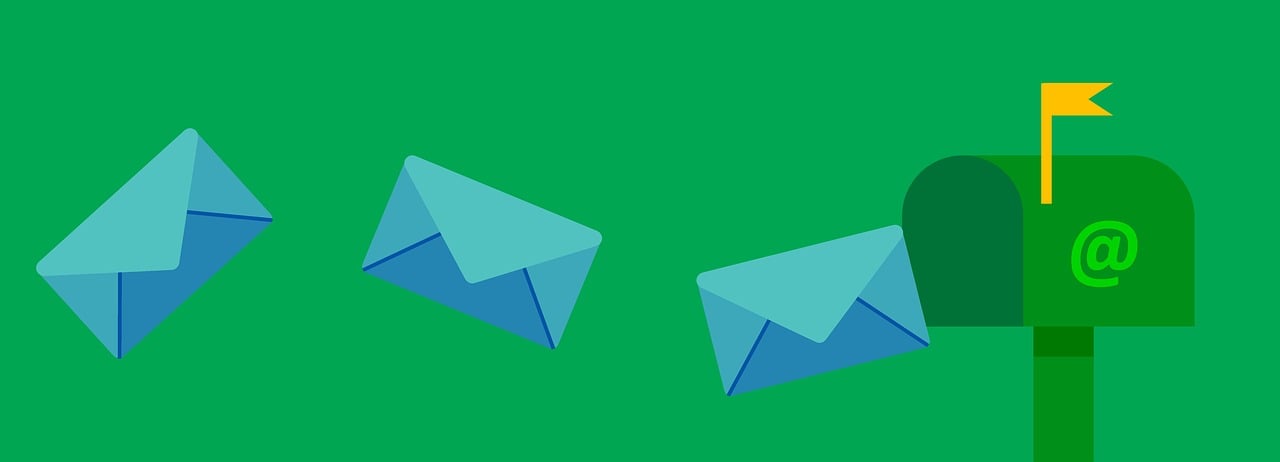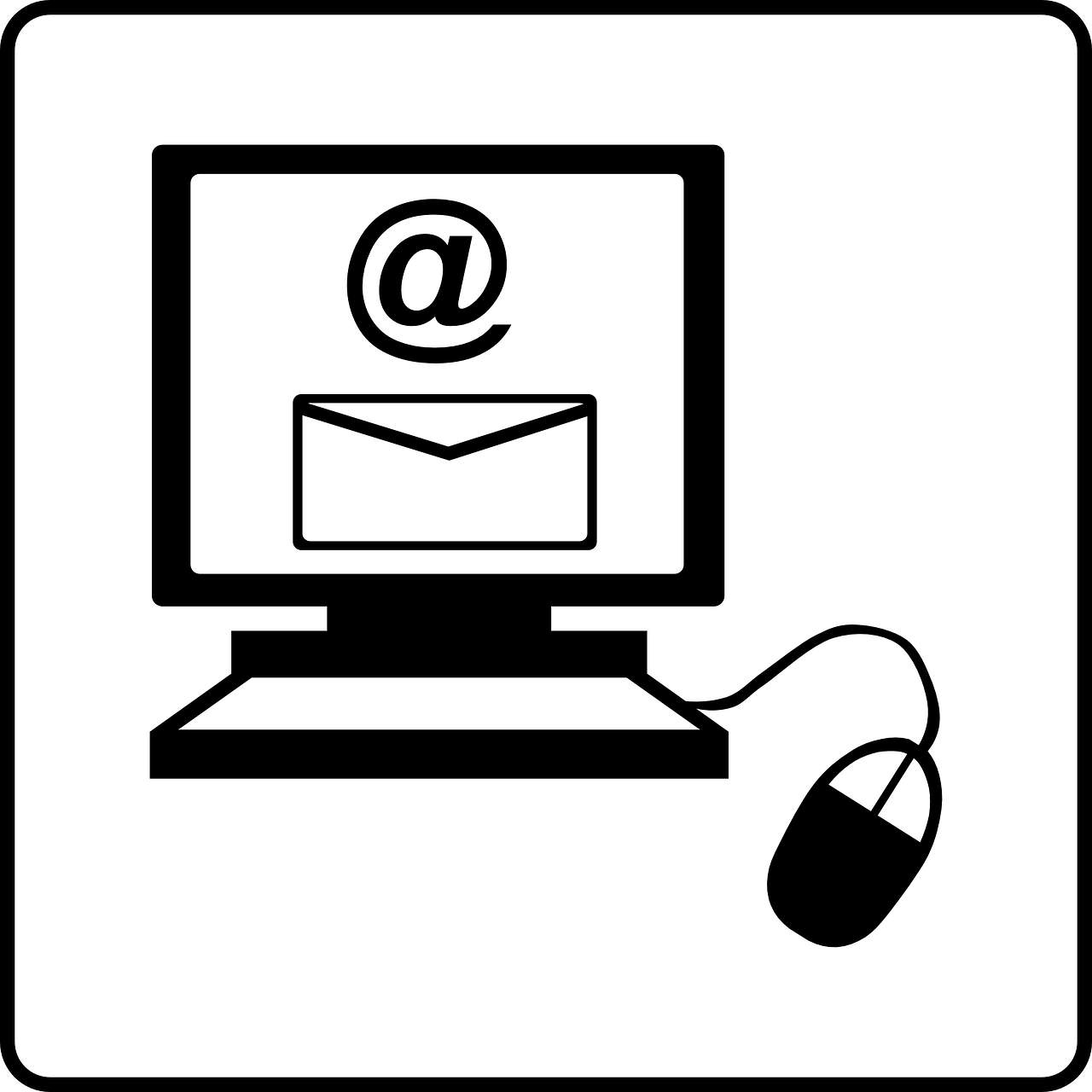For many medical practices, building an email list is a priority. A strong email list allows you to stay connected with patients, provide important health updates, and share valuable resources. But here’s the challenge—how do you encourage people to sign up without making it feel forced or pushy?
The key is thoughtful, valuable content. When patients see your emails as helpful, engaging, and relevant, they’ll be more likely to subscribe on their own—without needing aggressive pop-ups or constant reminders.
In this article, we’ll explore how to grow your patient email list organically by creating meaningful content that people actually want to receive.
Understanding the Importance of a Patient Email List
Before jumping into strategies, let’s talk about why a patient email list matters.
A well-managed email list helps medical practices:
- Keep patients informed about new services, office hours, and important health updates.
- Educate subscribers with health tips, wellness advice, and seasonal reminders.
- Build trust by staying in touch and offering consistent value.
- Encourage patient engagement with appointment reminders, event invitations, and community news.

Unlike social media, where algorithms decide who sees your content, email gives you direct access to your patients. But for it to work, patients must actually want to open and read your emails. That’s where content comes in.
Creating Value: Offering Incentives for Sign-Ups
People won’t hand over their email addresses for anything—they need a good reason. What’s in it for them?
Instead of just asking patients to “Subscribe to our newsletter,” offer clear, valuable incentives like:
1. Health and Wellness Guides
A simple PDF or email series with expert tips can be a great incentive.
Examples:
- "5 Easy Ways to Boost Your Immune System"
- "How to Manage Stress for Better Sleep"
- "The Ultimate Guide to Seasonal Allergies"
When patients see they’re getting something useful, they’ll be more likely to sign up.

2. Exclusive Health Tips and Updates
Tell patients what they’ll gain from subscribing.
For example:
✔ Early access to flu shot schedules
✔ Monthly tips on managing chronic conditions
✔ Personalized health reminders and updates
3. Discounts or Freebies
If applicable, you can offer:
- A free health consultation for new subscribers
- Discounts on wellness programs or supplements
- Entry into a monthly giveaway for health-related prizes
Even a small incentive can make a big difference in getting more sign-ups.
Optimizing Your Website for Email List Growth
Your website is one of the best places to grow your email list—if you set it up correctly. Here’s how:
1. Add a Clear, Non-Intrusive Sign-Up Form
Make it easy for patients to subscribe by placing a simple email sign-up form in strategic locations:
✅ At the bottom of blog posts (e.g.,

“Enjoyed this article? Get more health tips in your inbox!”)
✅ On your homepage with a clear call to action
✅ As a sidebar or footer option (so it’s visible without being distracting)
2. Use Pop-Ups Wisely
Pop-ups can be annoying if they appear too soon. Instead:
✔ Set a time delay (e.g., show the pop-up after 30 seconds instead of immediately).
✔ Use exit-intent pop-ups (only appear when a visitor is about to leave your site).
✔ Offer a compelling reason to subscribe (e.g., “Get exclusive wellness tips—delivered to your inbox!”).
3. Create a Dedicated Email Subscription Page
A simple landing page explaining the benefits of your newsletter can increase sign-ups. Include:
- A brief description of what subscribers will receive
- A sample email preview so they know what to expect
- A clear call-to-action button (e.g., “Sign Up for Free Health Tips!”)
This page can be linked in your blog, social media, and email signature to encourage more sign-ups.

Using Content to Keep Subscribers Engaged
Getting subscribers is just the first step. Keeping them engaged is what truly matters. If people sign up but never open your emails, your list won’t be effective.
Here’s how to create email content that patients look forward to:
1. Send Educational, Helpful Emails
People don’t want sales emails all the time. Instead, focus on value-driven content:
- Seasonal health tips (e.g., flu prevention in winter, hydration tips in summer)
- Common medical myths debunked
- Nutrition and wellness advice Mental health tips and stress management techniques
2. Personalize Emails for a Better Experience
Patients are more likely to engage when emails feel tailored to them. Ways to personalize:
- Use their first name in subject lines and greetings.
- Segment your list (e.g., send pregnancy-related tips to expecting mothers, senior health tips to older patients).
- Send reminders based on patient history (e.g., “It’s time for your annual check-up!”).

3. Keep Emails Short and Easy to Read
No one wants to read long, overwhelming emails. Keep them:
✔ Concise (use short paragraphs and bullet points)
✔ Visually appealing (include images, infographics, or icons)
✔ Scannable (bold key points for easy reading)
4. Encourage Two-Way Communication
Make emails interactive by:
- Asking questions (e.g., “What health topics do you want us to cover?”)
- Including a reply button (so patients can easily respond)
- Adding a social media link (so they can follow and engage with your practice online)
When patients feel like they’re part of the conversation, they’ll be more likely to stay subscribed and engaged.
Thoughtful Content is the Key to Organic Growth
Growing your patient email list doesn’t have to feel like a sales pitch.

Instead of focusing on numbers, focus on value.
By offering helpful content, educational resources, and engaging updates, patients will naturally want to subscribe—because they see the benefit.
Remember:
✔ Provide clear incentives for signing up (health tips, exclusive updates, guides).
✔ Optimize your website and pop-ups for easy email capture.
✔ Create valuable email content that keeps subscribers engaged and informed.
✔ Personalize emails and encourage interaction to build lasting relationships.
When patients feel informed, connected, and valued, they’ll not only stay on your email list but also trust your practice more—leading to better engagement, stronger relationships, and long-term loyalty.
 Add Row
Add Row  Add
Add 




Write A Comment